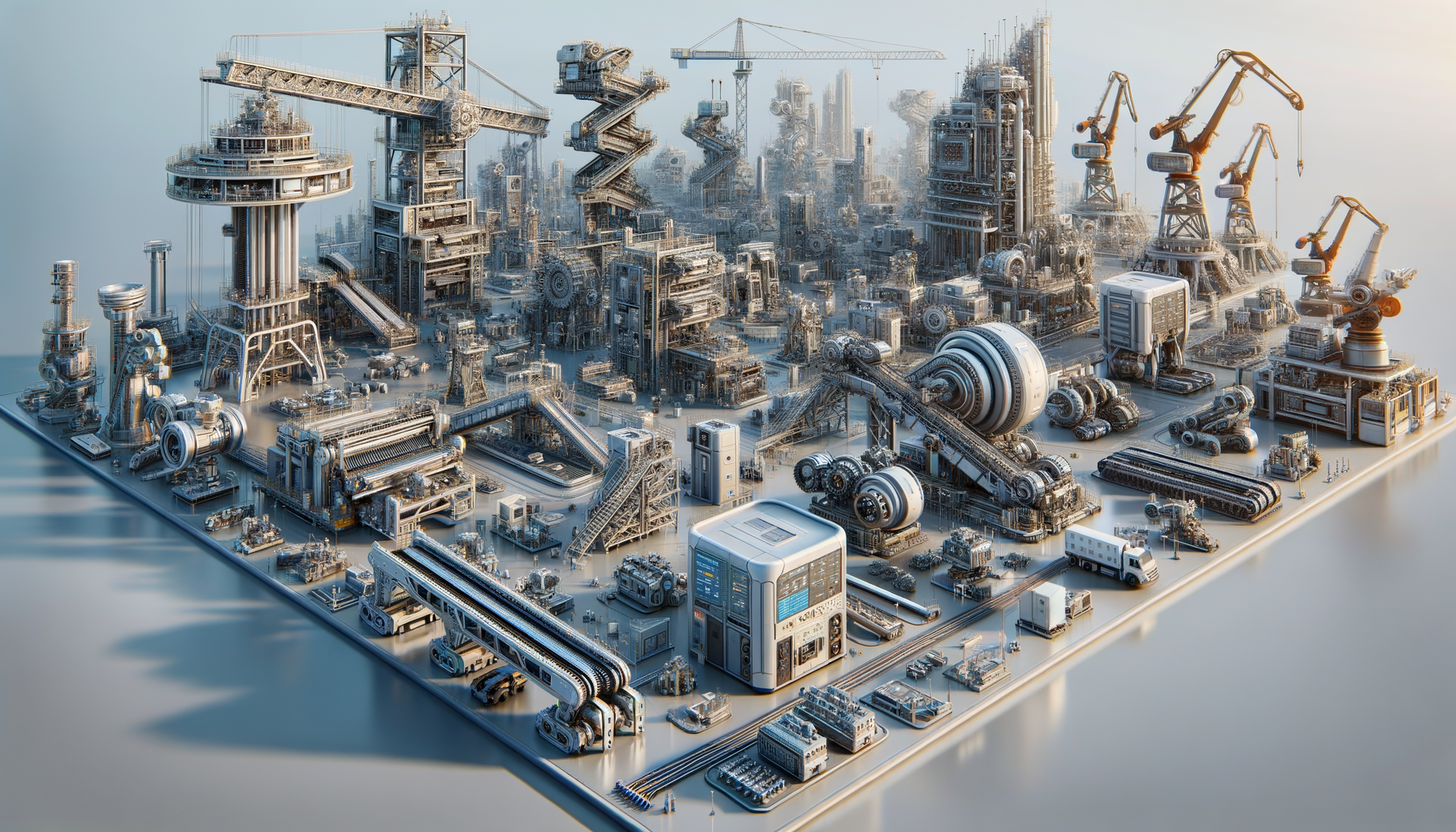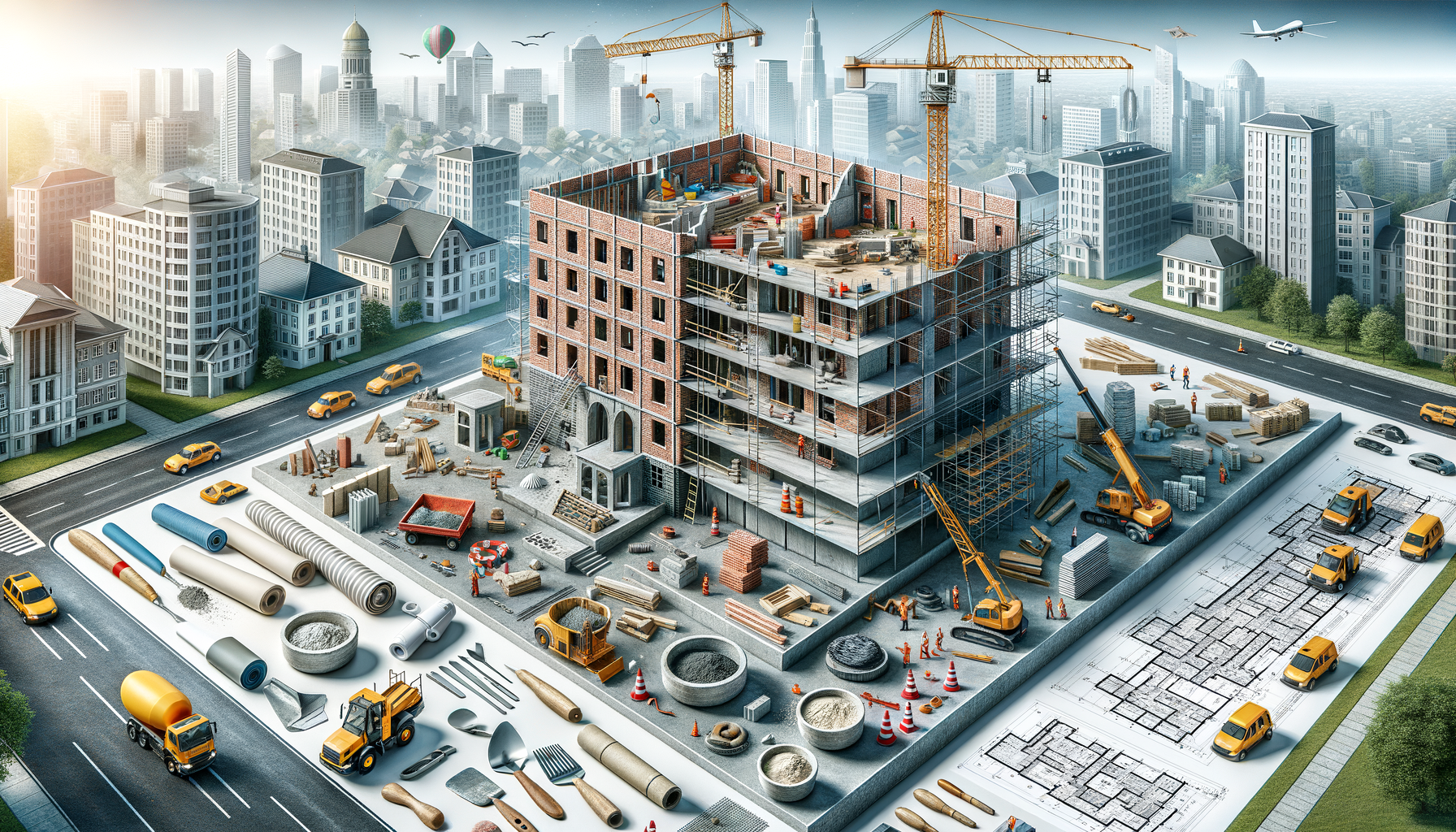Introduction to Industrial Machines
Industrial machines have revolutionized the way industries operate, offering efficiency and precision in various tasks. These machines are integral to sectors such as manufacturing, construction, and logistics, where they perform complex operations that would be time-consuming and labor-intensive if done manually. The significance of industrial machines lies in their ability to enhance productivity, reduce human error, and lower operational costs. This article explores the different types of industrial machines, their applications, and how they contribute to modern industrial practices.
Types of Industrial Machines
Industrial machines come in various forms, each designed to perform specific tasks. Some of the most common types include:
- Manufacturing Machines: These include CNC machines, lathes, and milling machines that are used to shape and fabricate metal and plastic components.
- Construction Equipment: Bulldozers, excavators, and cranes fall under this category, aiding in large-scale construction and demolition projects.
- Material Handling Equipment: Forklifts, conveyors, and pallet jacks are essential in warehouses and factories for moving goods efficiently.
- Packaging Machines: These machines automate the process of packing products, ensuring consistency and speed in production lines.
Each type of machine is tailored to meet the demands of its respective industry, highlighting the versatility and adaptability of industrial machines.
Applications and Benefits
The applications of industrial machines are vast and varied, impacting numerous industries worldwide. In manufacturing, machines like CNC routers and 3D printers have enabled the production of complex parts with high precision. In construction, heavy machinery speeds up the building process, allowing for the completion of projects within tight deadlines.
The benefits of using industrial machines include:
- Increased Efficiency: Machines can operate continuously without fatigue, increasing output and reducing downtime.
- Cost Reduction: Automation reduces the need for manual labor, lowering labor costs and minimizing human error.
- Improved Safety: Machines handle hazardous tasks, reducing the risk of injury to human workers.
- Consistency and Quality: Machines ensure uniformity in production, leading to higher quality products.
These advantages make industrial machines indispensable to modern industry, driving innovation and growth in various sectors.
Technological Advancements in Industrial Machines
The field of industrial machinery is continually evolving, with technological advancements playing a crucial role in its development. Innovations such as the Internet of Things (IoT) and artificial intelligence (AI) are being integrated into machines, enhancing their capabilities and performance.
Some key technological advancements include:
- IoT Integration: Machines equipped with IoT sensors can collect and analyze data in real-time, optimizing operations and maintenance schedules.
- AI and Machine Learning: These technologies enable machines to learn from data, improving their efficiency and decision-making processes.
- Automation and Robotics: Advanced robotics are being used to automate complex tasks, further increasing productivity and precision.
- Energy Efficiency: Newer machines are designed to consume less energy, reducing environmental impact and operational costs.
These advancements are shaping the future of industrial machines, making them smarter, more efficient, and environmentally friendly.
Conclusion: The Future of Industrial Machines
The future of industrial machines is promising, with continuous advancements paving the way for smarter and more efficient operations. As industries strive for greater productivity and sustainability, the role of these machines will only become more critical. Embracing new technologies and adapting to changing demands will ensure that industrial machines remain at the forefront of industrial innovation.
For businesses, investing in modern industrial machines can lead to significant competitive advantages, allowing them to meet the challenges of the global market effectively. As we move forward, the integration of cutting-edge technologies will continue to drive the evolution of industrial machines, shaping the landscape of industries worldwide.




Leave a Reply